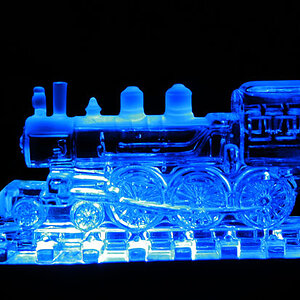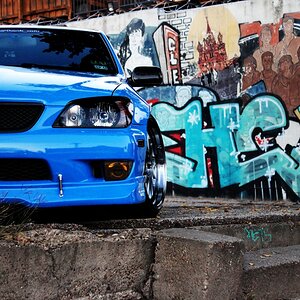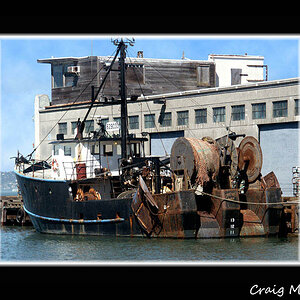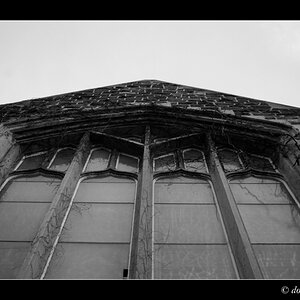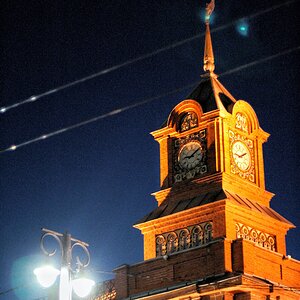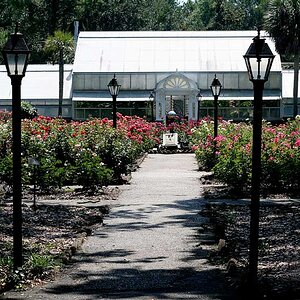hirschizer
TPF Noob!
- Joined
- Nov 11, 2006
- Messages
- 21
- Reaction score
- 0
well lately ive been reading a lot about hdr and how it works and such.
some things ive picked up
1) u have to under expose and over expose your image to get shadows and highlighted area to get detail
2) no not change apereture just shutter speed to under and over expose
couple of things id like to ask u guys is
1) when i over and under expose how far do i go and how many exposers do i take.
2) should i change iso (yes or no when and at what settings should i leve it at if no)
3) can i do it in photoshop 2 or do i need a software
4) do i under and over expose for all the parts of the image i.e. sky bulding subject. or just diffrent highlights and shadows?
5) idk just any hints or maybe a how to website....
some things ive picked up
1) u have to under expose and over expose your image to get shadows and highlighted area to get detail
2) no not change apereture just shutter speed to under and over expose
couple of things id like to ask u guys is
1) when i over and under expose how far do i go and how many exposers do i take.
2) should i change iso (yes or no when and at what settings should i leve it at if no)
3) can i do it in photoshop 2 or do i need a software
4) do i under and over expose for all the parts of the image i.e. sky bulding subject. or just diffrent highlights and shadows?
5) idk just any hints or maybe a how to website....


![[No title]](/data/xfmg/thumbnail/36/36683-f6eb24f9964981cb4cafa35336058881.jpg?1619737677)
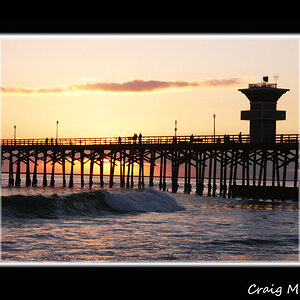


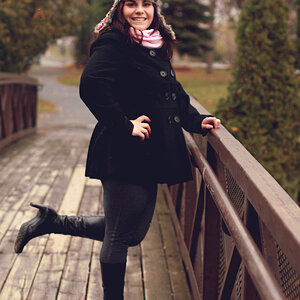
![[No title]](/data/xfmg/thumbnail/32/32148-95f8731a01012cd472d3896791e3b7de.jpg?1619735233)
